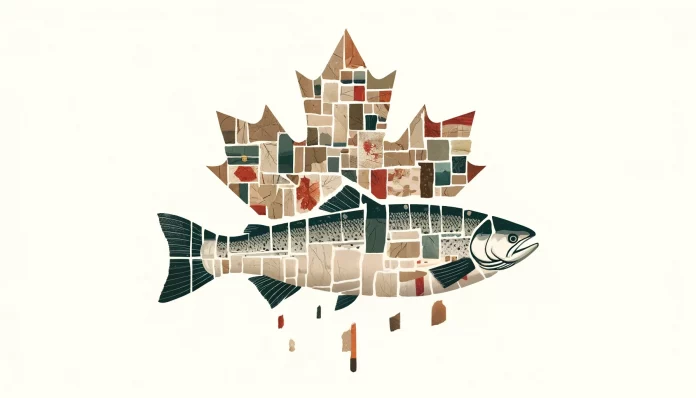The crash follows on from the country’s 2020 decision to cancel licences for 19 farms in British Columbia.
Canadian domestic salmon production has crashed from 148,000 metric tons in 2016 to 90,000 metric tons in 2023, marking a 40% reduction and the lowest output since 2000, according to new figures from The Canadian Aquaculture Industry Alliance (CAIA).
The decrease has been largely attributed to government-mandated closures of salmon farms in British Columbia.
Tim Kennedy, President & CEO of CAIA, criticized these closures, stating they were not based on scientific findings and failed to prioritize consumer interests and health.
“For a country with so much potential, the overall reduction of Canadian-raised salmon is staggering,” said Kennedy. “We are ocean farming less than 1 per cent of the viable area along our coastlines and producing less and less of an important domestic food supply when the market demand is remaining steady.”
Kennedy emphasized the sustainability of Canadian ocean salmon farming, noting that it operates under strict international standards and modern environmental regulations.
“Canada’s modern ocean salmon farming is among the most sustainable in the world with all farms being certified to international third-party standards and operating under modern regulations to protect the environment. The farm closures in BC since 2020 have not been based on science and have not put Canadian consumers’ best interests and health first. The peer-reviewed science consistently shows salmon farms have a less-than-minimal impact on wild salmon and salmon is one of the healthiest products for consumers,” said Kennedy.
The drop in production has put Canada’s rank as the fourth largest global salmon producer at risk, with Australia and the Faroe Islands close behind in production numbers with 77,600 tons and 89,100 tons respectively.

